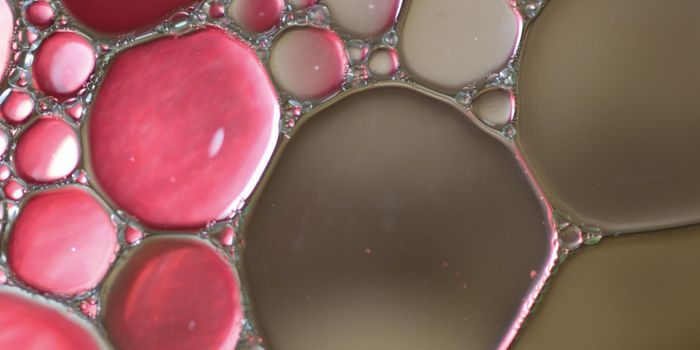The study of microbiomes has expanded from organisms to the environment, and in the United States, to the
Built Environment (BE), where humans spend the majority of their time. It is known that new buildings are colonized by microorganisms. Research on the BE has shown that buildings with different ventilation systems have different microbiomes, and the microbiomes of office and home environments are different. The human microbiome interacts with the microbiome of the home it inhabits, with each affecting and being affected by the other. It’s been suggested that being able to assay what microbes are doing and where they’re doing it in the BE could lead to ways to track disease outbreaks, monitor for bioterrorism, or assess the impact of pollution.
However, work on these environmental microbiomes is confounded because of the myriad sources of variation in samples from factors like geographic location, surface material, human interaction and environmental conditions. A
new paper in the journal mSystems by Greg Caporaso and colleagues has aimed to control for this variation with precise methodology, and attempts to understand how various factors might be contributing to the composition of a microbiome in a BE.
In this study, nine offices in three cities were surveyed over a one year period. They found that it didn’t matter what surface was sampled, whether it was a carpet, tile or drywall. What did matter was where the sample was taken (floor v ceiling) as well as the city where the sample was taken. Surprisingly, offices in the same city had microbiomes that were more similar to each other than they were to offices in different cities.
"This was especially interesting because even within each city, the offices we studied differed from each other in terms of size, usage patterns, and ventilation systems, suggesting that geography is more important than any of these features in driving the bacterial community composition of the offices within the ranges that we studied," said Caporaso. Each city had it’s own, unique microbiome. That meant the researchers were able to identify the city of origin of an unknown sample with 85% accuracy based solely on its microbiome composition. But it wasn’t necessarily about germs that were specific to each city. "One of the differences that we observe is in community richness - the number of types of different species," he said. "The offices in Flagstaff had much higher richness than the offices in San Diego or Toronto. There were many more types of species. We don't know why that is."

They also found that the microbiome of the BE is a veritable wasteland devoid of nutrients and water compared to the diverse microbial composition of habitats like soil, streams and host organisms. The microbiome of the BE is composed primarily of decaying remnants of bacteria derived from humans. While it’s still unknown how this lack of diversity might impact human health, we do know that many diseases are on the rise in industrialized nations, and that the microbiome is very important to health. Epidemiology suggests that reduced heterogeneity in BEs may be having the biggest impact on the developing microbiomes of children.
With increased knowledge from the study of microbiomes in the BE, we may be able to design better spaces and buildings with microbiomes that are healthier for their inhabitants.
Sources:
mSystems,
CDC









